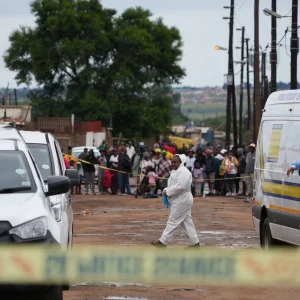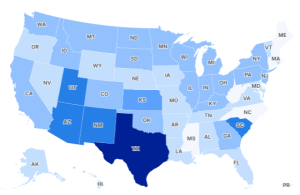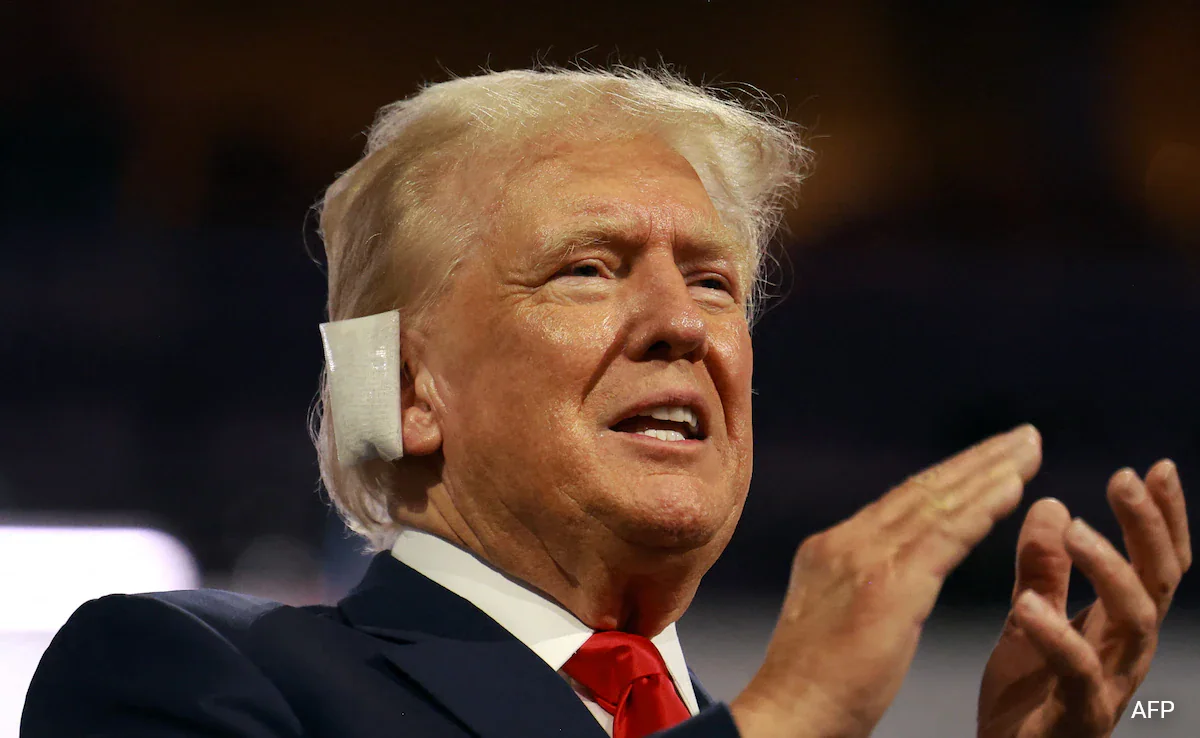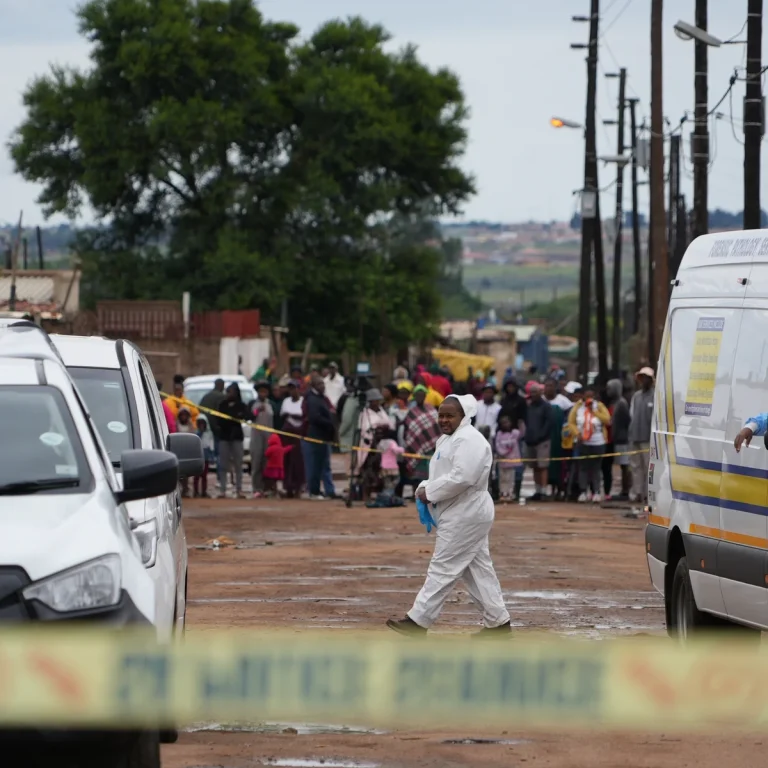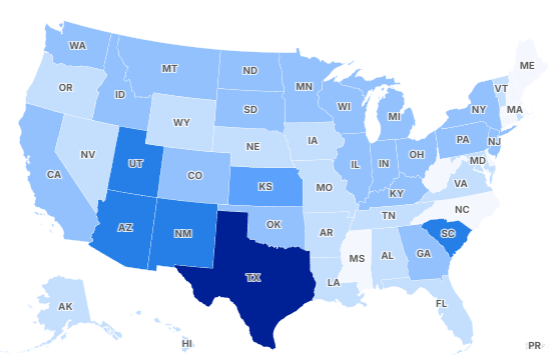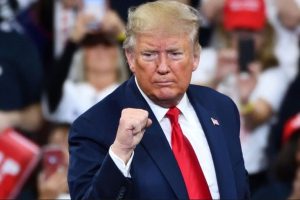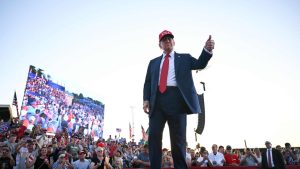On July 13, 2024, a serious security breach unfolded at a campaign rally near Butler, Pennsylvania, triggering a swift federal investigation and sparking intense public debate. The event raised urgent questions about political violence, security protocols at public gatherings, and the complexities of protecting public figures amid growing political polarization.
Incident Overview
The attack began when Thomas Matthew Crooks, 20, positioned himself on a rooftop about 130 yards from the rally’s main stage. Armed with an AR-15-style rifle, Crooks opened fire during the former president’s speech, discharging eight rounds before Secret Service counter-snipers neutralized the threat within seconds.
Tragically, Corey Comperatore, a volunteer fire chief and father of two, was killed, while two others sustained serious injuries. The former president also suffered a gunshot wound to the upper right ear, which was initially assessed as superficial but later subjected to detailed medical examination.
Federal Investigation
The FBI led a comprehensive inquiry involving advanced ballistics analysis, 3D scene mapping, and digital forensics. Director Christopher Wray provided testimony before Congress outlining the agency’s thorough investigation into the attacker’s background, motivations, and the incident’s timeline.
Ballistic experts meticulously tracked projectile trajectories and impact points to reconstruct the event accurately. Medical professionals documented all injuries, with Dr. Ronny Jackson confirming the nature of the president’s ear wound, noting the bullet passed within a quarter-inch of his head.
While the investigation confirmed the shooting as an attempted assassination, some technical details—such as whether the president’s injury was caused by a direct bullet or shrapnel—remained under review. The FBI committed significant resources and multiple specialized units to ensure a complete understanding of the event.
Public and Medical Scrutiny
In the aftermath, medical evidence underwent public scrutiny, with observers noting limited visible scarring on the president’s ear in recent images. Medical experts cautioned that healing patterns vary and that photographic assessment alone cannot fully determine injury severity.
Calls for greater transparency regarding medical records clashed with concerns over privacy and security. Meanwhile, social media became a hub for widespread analysis, speculation, and debate—sometimes blending verified facts with unsubstantiated theories.
Security Lessons and Future Implications
The incident exposed vulnerabilities in security measures, particularly the need to monitor elevated vantage points near event venues. Coordination among the Secret Service, FBI, local law enforcement, and emergency medical responders proved critical in minimizing casualties and neutralizing the threat quickly.
Security professionals are now evaluating advanced surveillance and threat detection technologies to prevent similar attacks. The event underscored challenges inherent in safeguarding public figures in environments where multiple accessible buildings create potential risk zones.
Conclusion
The Butler rally attack remains a pivotal event, illustrating the complexities of political violence and public security in today’s divided climate. The FBI’s ongoing investigation continues to provide the most authoritative account, supported by medical documentation and expert analysis.
This incident has prompted vital discussions about improving security protocols and balancing transparency with privacy. Ultimately, it highlights the enduring challenge of protecting democratic processes and those who participate in them amid growing threats.

Sarah Mitchell is a bestselling novelist recognized for her insightful and emotionally resonant stories that explore the complexities of human relationships. Originally from Denver, Colorado, Sarah grew up in a family of teachers who nurtured her curiosity and love for storytelling. She studied psychology at Stanford University, where she became fascinated by the intricacies of human behavior—an interest that would later shape her writing career. Sarah’s novels are praised for their nuanced characters, intricate plots, and ability to capture the subtle tensions that define love, friendship, and family ties. Her breakthrough novel, The Spaces Between Us, became an instant bestseller, lauded for its honest portrayal of strained family relationships and the fragile bonds that hold people together. Since then, she has published several works that continue to captivate audiences around the world. Outside of her writing career, Sarah is passionate about mental health advocacy and often partners with organizations to promote awareness and support for those struggling with emotional well-being. Her personal life is quieter—she enjoys hiking in the Colorado mountains, practicing yoga, and spending time with close friends. With each new book, Sarah Mitchell cements her reputation as a writer who illuminates the beauty and struggles of human connection.
